Rash looks like mosquito bites. Itchy Skin Bumps Like Mosquito Bites: Causes, Symptoms, and Treatments
What causes itchy bumps on skin that look like mosquito bites. How to identify and treat common skin conditions causing itchy rashes. When to seek medical attention for persistent skin irritation.
Common Causes of Itchy Bumps Resembling Mosquito Bites
Many people experience itchy bumps on their skin that resemble mosquito bites, even when they haven’t been exposed to mosquitoes. These skin reactions can be caused by various conditions, ranging from allergic reactions to infections. Understanding the underlying causes can help individuals seek appropriate treatment and relief.
Hives (Urticaria)
Hives, medically known as urticaria, are a common skin condition that affects approximately 20% of people at some point in their lives. These raised, itchy welts can appear suddenly and disappear just as quickly, often within hours.
What triggers hives? Common causes include:
- Food allergies (e.g., peanuts, tree nuts, seafood)
- Latex sensitivity
- Pollen allergies
- Insect stings or bites
- Certain medications (e.g., sulfa drugs, aspirin)
- Exposure to specific plants
How can you identify hives? Hives typically appear as red, purple, or skin-colored bumps that turn white or disappear when pressed. They can occur anywhere on the body and may change shape or location rapidly.
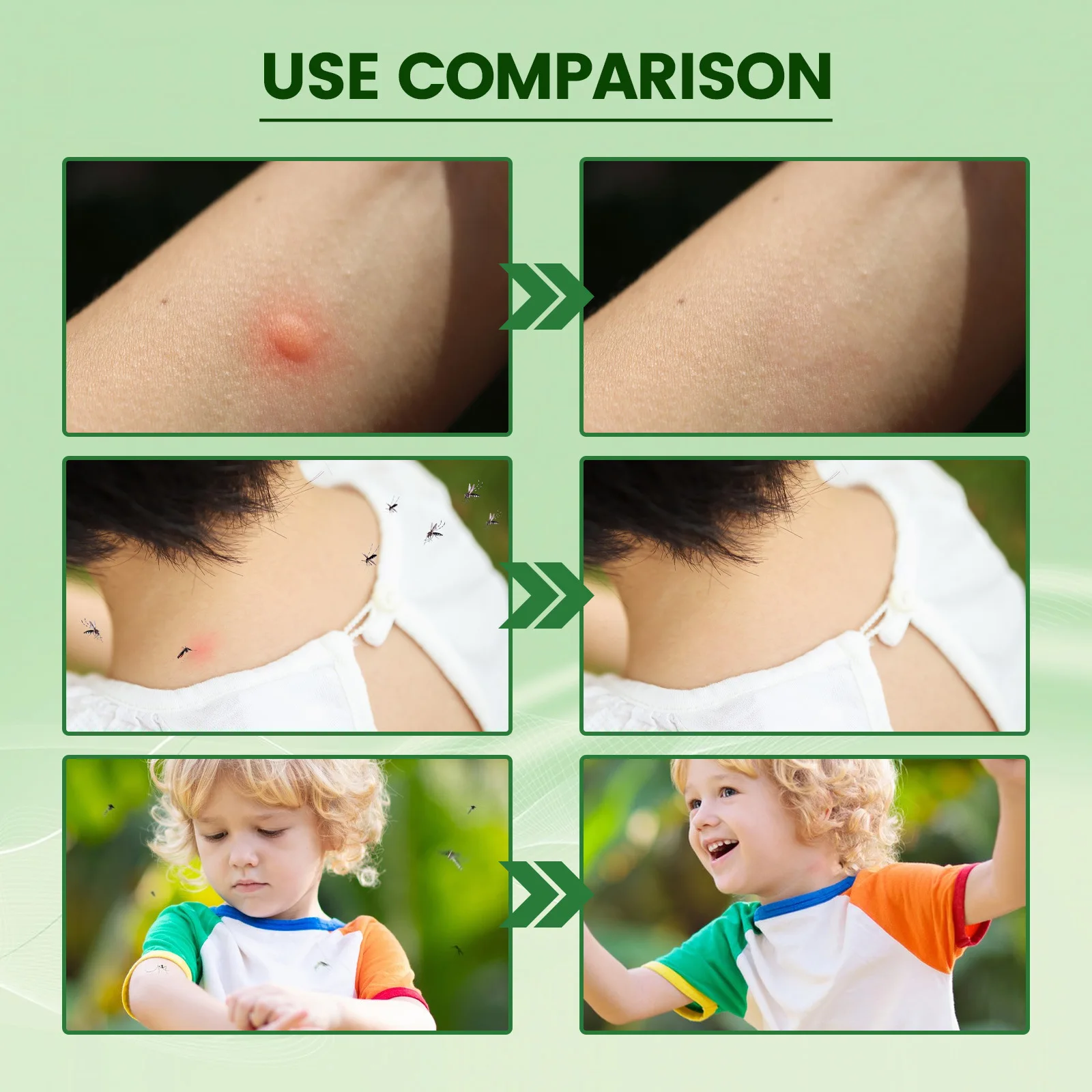
Bed Bug Bites: A Sneaky Culprit
Bed bug bites can often be mistaken for mosquito bites, as they share similar characteristics. However, there are some key differences to look out for when trying to identify the source of your skin irritation.
How long does it take for bed bug bites to appear? According to the Centers for Disease Control and Prevention (CDC), bed bug bites can take up to two weeks to materialize after exposure.
What are the signs of bed bug infestation?
- Itchy bumps in a straight line or clustered pattern
- Visible bed bugs on mattresses or sheets
- Dead bed bugs or shed skins
- Blood spots on bedding
- A characteristic musty odor
It’s important to note that while bed bug bites often appear in a linear pattern, they can also manifest in more random formations, making identification challenging.
Contact Dermatitis: When Your Skin Reacts to Allergens
Contact dermatitis is an allergic reaction that occurs when the skin comes into contact with a substance to which an individual is sensitive. This condition can cause itchy bumps and rashes that may be mistaken for insect bites.

What are common triggers for contact dermatitis?
- Latex
- Certain metals (e.g., nickel in jewelry)
- Household cleaning products
- Cosmetics and skincare products
- Fragrances
How long does contact dermatitis last? Symptoms typically develop within 1-2 days of exposure and can persist for 2-3 weeks. In addition to itching, contact dermatitis may cause pain, inflammation, and blistering.
Scabies: The Microscopic Mite Menace
Scabies is a skin condition caused by the human itch mite, which burrows into the top layer of skin and lays eggs. This infestation can result in intense itching and a rash that resembles mosquito bites.
What are the distinctive features of scabies?
- Intense itching, especially at night
- Small, itchy bumps on the skin
- Visible burrow tracks (raised, crooked, skin-colored lines)
- Rash in characteristic locations (e.g., between fingers, on wrists, elbows, or genitals)
How is scabies transmitted? Scabies is highly contagious and spreads through prolonged skin-to-skin contact with an infected person. It can also spread through sharing bedding, clothing, or towels with someone who has scabies.

Effective Treatments for Itchy Skin Bumps
The appropriate treatment for itchy skin bumps depends on the underlying cause. However, there are some general self-care practices that can provide relief for various skin conditions:
- Avoid scratching the affected area
- Take lukewarm baths or showers
- Use gentle, hypoallergenic soaps
- Apply cold compresses to soothe irritation
- Wear loose-fitting clothing to minimize friction
- Use over-the-counter antihistamines for itch relief
Treating Hives
For mild cases of hives, over-the-counter antihistamines and anti-itch lotions may provide sufficient relief. More severe outbreaks may require prescription-strength antihistamines or corticosteroids. Individuals with known severe allergies should carry an epinephrine auto-injector (e.g., EpiPen) for emergency use.
Managing Bed Bug Bites
Treatment for bed bug bites focuses on symptom relief and preventing further infestation. Key steps include:
- Applying antiseptic creams to prevent infection
- Using antihistamines to reduce itching
- Thoroughly cleaning and treating the infested area
- Seeking professional pest control services if necessary
Alleviating Contact Dermatitis
The primary treatment for contact dermatitis involves identifying and avoiding triggers. Additional measures include:

- Applying cold compresses to reduce inflammation
- Using calamine lotion to soothe the skin
- Taking oatmeal baths to relieve itching
- Using prescription antihistamines or corticosteroids for severe cases
Treating Scabies
Scabies requires medical treatment with prescription medications. The most common treatments include:
- Permethrin cream
- Ivermectin (oral medication)
- Lindane lotion (for severe cases)
It’s crucial to treat all household members and close contacts simultaneously to prevent reinfestation.
When to Seek Medical Attention for Skin Irritations
While many skin conditions can be managed with self-care and over-the-counter treatments, certain symptoms warrant medical attention. When should you consult a healthcare professional?
- The rash or itching persists for more than two weeks
- You experience severe pain or discomfort
- The rash spreads rapidly or covers a large area of your body
- You develop signs of infection (e.g., fever, pus, or increased redness)
- The rash affects your daily activities or sleep
- You have a known severe allergy and experience symptoms of anaphylaxis
A healthcare provider can accurately diagnose the cause of your skin irritation and recommend appropriate treatment options.
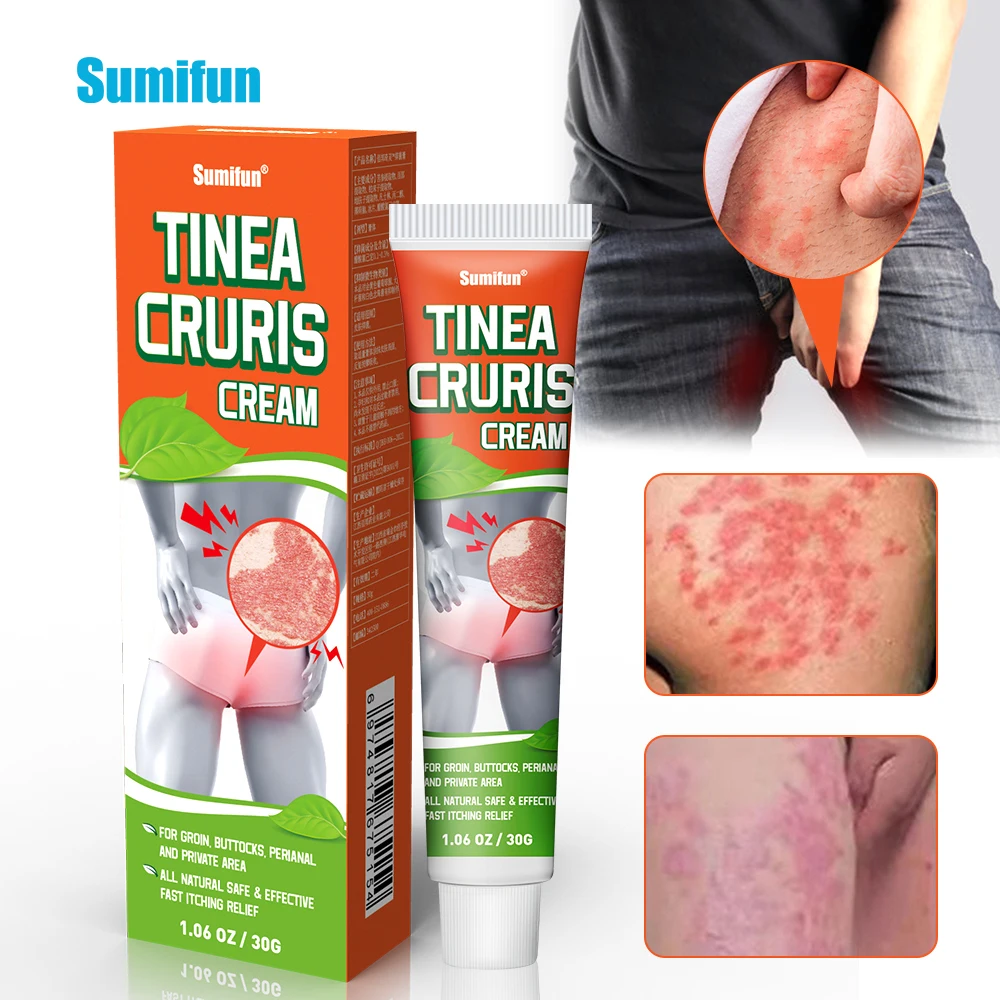
Preventing Itchy Skin Bumps: Tips for Skin Health
While it’s not always possible to prevent itchy skin bumps, there are steps you can take to reduce your risk of developing skin irritations:
- Identify and avoid known allergens or irritants
- Use hypoallergenic skincare products and detergents
- Keep your skin moisturized to maintain its natural barrier
- Protect your skin from excessive sun exposure
- Practice good hygiene to prevent infections
- Manage stress, as it can exacerbate some skin conditions
- Stay hydrated to support overall skin health
By understanding the various causes of itchy skin bumps and taking proactive measures to care for your skin, you can minimize discomfort and maintain healthier skin overall.
Differentiating Between Common Skin Conditions
Accurately identifying the cause of itchy skin bumps can be challenging, as many conditions share similar symptoms. How can you distinguish between different skin conditions?
Hives vs. Mosquito Bites
Hives typically appear and disappear more quickly than mosquito bites. They also tend to change shape and location rapidly, while mosquito bites remain in the same spot.

Bed Bug Bites vs. Flea Bites
Bed bug bites often appear in a linear or clustered pattern, while flea bites are usually scattered and concentrated on the lower legs and ankles.
Contact Dermatitis vs. Eczema
Contact dermatitis is typically localized to areas that have come into contact with an allergen, while eczema can occur anywhere on the body and is often chronic.
Scabies vs. Allergic Reactions
Scabies is characterized by intense itching that worsens at night and the presence of burrow tracks. Allergic reactions generally don’t cause visible burrows and may be accompanied by other allergy symptoms.
When in doubt about the cause of your skin irritation, it’s best to consult a dermatologist or healthcare provider for an accurate diagnosis.
The Impact of Skin Conditions on Quality of Life
Chronic or recurrent skin conditions can significantly affect an individual’s quality of life. How do skin irritations impact daily living?
- Disrupted sleep due to itching and discomfort
- Decreased self-esteem and social anxiety
- Limitations in clothing choices to avoid irritation
- Difficulty concentrating at work or school
- Emotional stress and frustration
Managing the psychological impact of skin conditions is an essential aspect of treatment. Support groups, counseling, and stress-reduction techniques can be helpful for individuals dealing with chronic skin issues.

Emerging Treatments and Research in Dermatology
The field of dermatology is constantly evolving, with new treatments and therapies being developed to address various skin conditions. What are some promising areas of research?
- Biologics for severe chronic hives and eczema
- Microbiome-based therapies for skin health
- Advanced diagnostic tools for precise identification of skin conditions
- Personalized treatment approaches based on genetic factors
- Novel drug delivery systems for improved efficacy of topical treatments
These advancements offer hope for individuals suffering from persistent or difficult-to-treat skin conditions, potentially leading to more effective and targeted therapies in the future.
Understanding the various causes of itchy skin bumps that resemble mosquito bites is crucial for proper diagnosis and treatment. By recognizing the symptoms, seeking appropriate medical care when necessary, and following preventive measures, individuals can better manage their skin health and improve their overall quality of life. Remember that while self-care practices can provide relief for many skin irritations, persistent or severe symptoms should always be evaluated by a healthcare professional to ensure proper treatment and prevent complications.

Itchy bumps on skin like mosquito bites: What are they?
Several skin conditions can cause itchy lumps that resemble bug bites. These include allergic reactions, infections, and chronic conditions.
Most people experience this symptom at some point. Itchy bumps can appear as a result of allergies, infections, insects, and, sometimes, nonidentified factors.
However, there is one general principle that the American College of Allergy, Asthma & Immunology recommend people to follow when their skin itches: Do not scratch it.
Additional general self-care practices for itchy skin include:
- bathing frequently in lukewarm water
- using gentle, hypoallergenic soap
- limiting exposure to the sun
- applying cold compresses
- avoiding tight clothing in areas where itchy bumps appear
Understanding the different conditions that can cause itchy bumps on the skin can help people get appropriate treatment. Depending on the cause, treatment can range from avoiding certain foods to taking prescription medications.
Keep reading to learn more about some common causes of itchy bumps that look like mosquito bites and how to treat them.
The medical term for hives is urticaria, and it describes a condition that produces raised itchy areas on the skin. If a person notices bumps on the skin that resemble mosquito bites but has not had any exposure to mosquitos, the cause is probably acute urticaria. The term “acute” means that the condition does not last longer than 6 weeks.
Hives are very common, affecting about 20% of people at some point in their lives. Certain kinds of foods, such as peanuts, tree nuts, and seafood, cause hives in many people due to an allergic reaction. Latex, pollen, insects, various plants, and some medications, such as sulfa drugs or even aspirin, may also cause hives.
Hives cause characteristic red, purple, or skin colored itchy bumps that appear and disappear quickly anywhere on the body. These bumps typically turn white or disappear when a person presses them.
Treatment
The treatment for hives depends on the severity and cause of the rash, but it includes avoiding known triggers. People who are extremely allergic to a trigger — for example, peanuts or certain insects — may need to carry an epinephrine auto-injector, such as an Epipen. This device can stop a potentially life threatening reaction if a person has accidental contact with a known allergen.
Anti-itching lotions and over-the-counter (OTC) antihistamines can provide relief for mild symptoms, while more intense outbreaks may require stronger prescription versions of these drugs or corticosteroids.
Learn more about hives here.
According to the Centers for Disease Control and Prevention (CDC), bed bug bites can resemble bites from other bugs, although they can take as long as 2 weeks to materialize.
People who notice itchy bumps on the skin that resemble mosquito bites should check for:
- other signs of bed bugs
- bed bugs themselves on a mattress or sheet
- dead bed bugs
- blood spots on a mattress or sheet
- the characteristic musty smell associated with bed bugs
If the bites appear in a straight line, they are likely to be due to bed bugs. However, bed bug bugs can also appear in more random formations.
However, bed bug bugs can also appear in more random formations.
Treatment
Unless someone has a severe allergic reaction, experts recommend simple self-care practices to treat any bites. These include not scratching, applying OTC antiseptic ointments, and taking antihistamines.
Learn more about bed bugs here.
Contact dermatitis is essentially an allergic reaction that develops when a person’s skin comes into contact with something to which they are allergic, such as latex or certain metals or household products.
It can take 1–2 days for the reaction to develop and 2–3 weeks for symptoms to disappear. Contact dermatitis may hurt as much as it itches, and it may present with inflammation and blisters.
Treatment
Self-care with cold compresses, calamine lotion, and soothing baths can help provide relief.
Prescription medication, such as antihistamines and cortisone, may be necessary if the reaction is severe.
Working with healthcare professionals can help people identify their triggers, which can be complicated.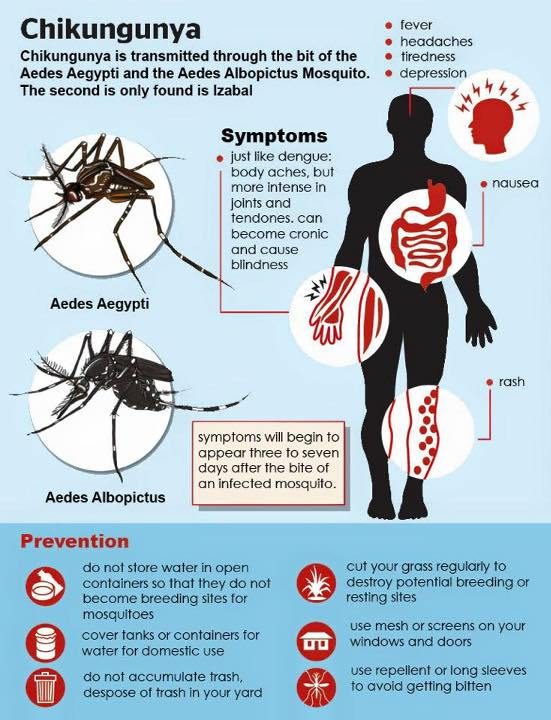
According to the American Academy of Allergy, Asthma & Immunology, there are more than 3,700 substances known to cause contact allergies. Avoiding triggers is a key part of managing contact dermatitis, along with thoroughly washing the affected area with soap and water after exposure happens.
Learn more about contact dermatitis here.
The human itch mite is responsible for scabies. This mite digs its way through the top layer of the skin and lays eggs. Its tunnels can sometimes be visible on the surface of the skin, where they appear as raised, crooked, skin colored lines. However, the most common symptom of scabies is itchy bumps on the skin. These are like mosquito bites, only smaller.
Sites of the body that this very itchy condition commonly affects include the wrists, the elbows, between the fingers, and behind the knees.
Treatment
Only a prescription lotion will treat scabies effectively, and individuals need to follow the application directions exactly. Anyone who has had extensive skin-to-skin contact with someone with scabies should also seek treatment.
Anyone who has had extensive skin-to-skin contact with someone with scabies should also seek treatment.
It is very important that people with scabies thoroughly wash and dry all of their clothes, towels, sheets, bedding, and other household items. Other remedies for scabies may also help.
Learn more about scabies here.
Also known as atopic dermatitis, this common condition causes itchy, red, irritated skin that can sometimes develop bumps. In the long term, it can make the skin thicker, scaly, and flaky, as well as causing it to change color.
Scratching makes eczema worse and increases the risk of infection. Eczema occurs due to a combination of genetic and environmental factors, which prompt the immune system to overreact to certain triggers, such as laundry soap or sweating. It typically affects the face, elbows, knees, scalp, and backs of the hands.
Treatment
According to the National Eczema Association, treating eczema calls for a mix of self-care, OTC drugs, and prescription medications. People with eczema can identify and learn to manage or avoid triggers for their outbreaks.
People with eczema can identify and learn to manage or avoid triggers for their outbreaks.
Changing bathing practices and using moisturizer can also help. Prescription lotions, systemic medications, UVB light, and biologics can address more severe symptoms.
Learn more about the different types of eczema here.
Skin problems, such as itchy bumps on the skin similar to mosquito bites, can range from mild to severe.
Some issues, including bed bug bites, can be fleeting, while others, such as allergic reactions to certain foods, are signs of a permanent condition. However, most skin problems generally respond well to treatment.
If the symptoms do not improve with self-care practices, people should see a medical professional to determine what is causing the outbreak and how to treat it.
Itchy bumps on skin like mosquito bites: What are they?
Several skin conditions can cause itchy lumps that resemble bug bites. These include allergic reactions, infections, and chronic conditions.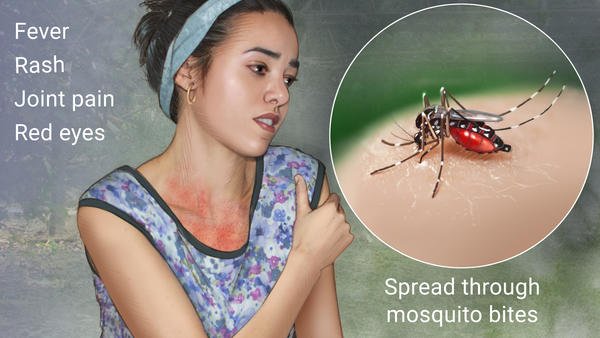
Most people experience this symptom at some point. Itchy bumps can appear as a result of allergies, infections, insects, and, sometimes, nonidentified factors.
However, there is one general principle that the American College of Allergy, Asthma & Immunology recommend people to follow when their skin itches: Do not scratch it.
Additional general self-care practices for itchy skin include:
- bathing frequently in lukewarm water
- using gentle, hypoallergenic soap
- limiting exposure to the sun
- applying cold compresses
- avoiding tight clothing in areas where itchy bumps appear
Understanding the different conditions that can cause itchy bumps on the skin can help people get appropriate treatment. Depending on the cause, treatment can range from avoiding certain foods to taking prescription medications.
Keep reading to learn more about some common causes of itchy bumps that look like mosquito bites and how to treat them.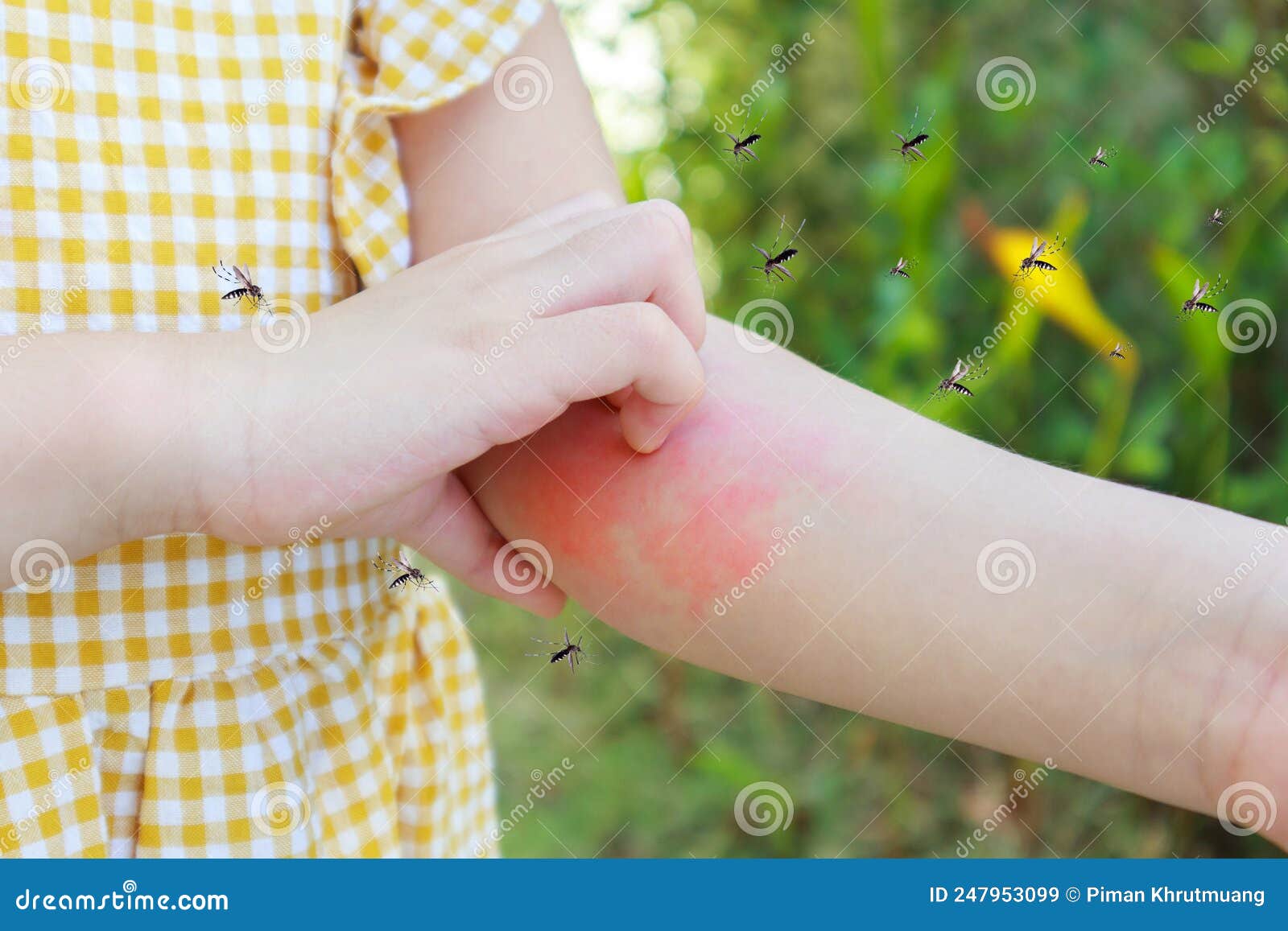
The medical term for hives is urticaria, and it describes a condition that produces raised itchy areas on the skin. If a person notices bumps on the skin that resemble mosquito bites but has not had any exposure to mosquitos, the cause is probably acute urticaria. The term “acute” means that the condition does not last longer than 6 weeks.
Hives are very common, affecting about 20% of people at some point in their lives. Certain kinds of foods, such as peanuts, tree nuts, and seafood, cause hives in many people due to an allergic reaction. Latex, pollen, insects, various plants, and some medications, such as sulfa drugs or even aspirin, may also cause hives.
Hives cause characteristic red, purple, or skin colored itchy bumps that appear and disappear quickly anywhere on the body. These bumps typically turn white or disappear when a person presses them.
Treatment
The treatment for hives depends on the severity and cause of the rash, but it includes avoiding known triggers. People who are extremely allergic to a trigger — for example, peanuts or certain insects — may need to carry an epinephrine auto-injector, such as an Epipen. This device can stop a potentially life threatening reaction if a person has accidental contact with a known allergen.
People who are extremely allergic to a trigger — for example, peanuts or certain insects — may need to carry an epinephrine auto-injector, such as an Epipen. This device can stop a potentially life threatening reaction if a person has accidental contact with a known allergen.
Anti-itching lotions and over-the-counter (OTC) antihistamines can provide relief for mild symptoms, while more intense outbreaks may require stronger prescription versions of these drugs or corticosteroids.
Learn more about hives here.
According to the Centers for Disease Control and Prevention (CDC), bed bug bites can resemble bites from other bugs, although they can take as long as 2 weeks to materialize.
People who notice itchy bumps on the skin that resemble mosquito bites should check for:
- other signs of bed bugs
- bed bugs themselves on a mattress or sheet
- dead bed bugs
- blood spots on a mattress or sheet
- the characteristic musty smell associated with bed bugs
If the bites appear in a straight line, they are likely to be due to bed bugs. However, bed bug bugs can also appear in more random formations.
However, bed bug bugs can also appear in more random formations.
Treatment
Unless someone has a severe allergic reaction, experts recommend simple self-care practices to treat any bites. These include not scratching, applying OTC antiseptic ointments, and taking antihistamines.
Learn more about bed bugs here.
Contact dermatitis is essentially an allergic reaction that develops when a person’s skin comes into contact with something to which they are allergic, such as latex or certain metals or household products.
It can take 1–2 days for the reaction to develop and 2–3 weeks for symptoms to disappear. Contact dermatitis may hurt as much as it itches, and it may present with inflammation and blisters.
Treatment
Self-care with cold compresses, calamine lotion, and soothing baths can help provide relief.
Prescription medication, such as antihistamines and cortisone, may be necessary if the reaction is severe.
Working with healthcare professionals can help people identify their triggers, which can be complicated.
According to the American Academy of Allergy, Asthma & Immunology, there are more than 3,700 substances known to cause contact allergies. Avoiding triggers is a key part of managing contact dermatitis, along with thoroughly washing the affected area with soap and water after exposure happens.
Learn more about contact dermatitis here.
The human itch mite is responsible for scabies. This mite digs its way through the top layer of the skin and lays eggs. Its tunnels can sometimes be visible on the surface of the skin, where they appear as raised, crooked, skin colored lines. However, the most common symptom of scabies is itchy bumps on the skin. These are like mosquito bites, only smaller.
Sites of the body that this very itchy condition commonly affects include the wrists, the elbows, between the fingers, and behind the knees.
Treatment
Only a prescription lotion will treat scabies effectively, and individuals need to follow the application directions exactly. Anyone who has had extensive skin-to-skin contact with someone with scabies should also seek treatment.
Anyone who has had extensive skin-to-skin contact with someone with scabies should also seek treatment.
It is very important that people with scabies thoroughly wash and dry all of their clothes, towels, sheets, bedding, and other household items. Other remedies for scabies may also help.
Learn more about scabies here.
Also known as atopic dermatitis, this common condition causes itchy, red, irritated skin that can sometimes develop bumps. In the long term, it can make the skin thicker, scaly, and flaky, as well as causing it to change color.
Scratching makes eczema worse and increases the risk of infection. Eczema occurs due to a combination of genetic and environmental factors, which prompt the immune system to overreact to certain triggers, such as laundry soap or sweating. It typically affects the face, elbows, knees, scalp, and backs of the hands.
Treatment
According to the National Eczema Association, treating eczema calls for a mix of self-care, OTC drugs, and prescription medications. People with eczema can identify and learn to manage or avoid triggers for their outbreaks.
People with eczema can identify and learn to manage or avoid triggers for their outbreaks.
Changing bathing practices and using moisturizer can also help. Prescription lotions, systemic medications, UVB light, and biologics can address more severe symptoms.
Learn more about the different types of eczema here.
Skin problems, such as itchy bumps on the skin similar to mosquito bites, can range from mild to severe.
Some issues, including bed bug bites, can be fleeting, while others, such as allergic reactions to certain foods, are signs of a permanent condition. However, most skin problems generally respond well to treatment.
If the symptoms do not improve with self-care practices, people should see a medical professional to determine what is causing the outbreak and how to treat it.
Mosquito bite rash
Skin infections, especially those with a diagnostic sign of rashes, are one of the most common reasons young children go to the doctor. Adults also suffer from this skin problem; however, most of them choose self-diagnosis and self-treatment. Identifying a rash is never an easy task, and it’s even more difficult because one type of mosquito bite-like rash can have different causes and relatively common symptoms.
Identifying a rash is never an easy task, and it’s even more difficult because one type of mosquito bite-like rash can have different causes and relatively common symptoms.
Pay attention to aspects of the rash
Allergic reactions to food, viruses, metals, bacteria and other skin irritants can cause mosquito bite rashes. In most cases, the rash does not indicate a dangerous condition, but in some rare cases it does. When you find a rash, spend as much time as possible paying attention to how the rash looks. Pay attention to how long it has been present, how widespread it is, whether it itches or not, how big and how many spots you have.
what are the 50 states in alphabetical order
Related Articles
- Insect bite rash
- Dengue rash
- Baby rash
The role of histamine
The lining of the skin contains many mast cells that are designed to attack and destroy parasites. These cells carry sacs filled with chemicals, including a protein called histamine. When an allergic reaction occurs in the body caused by an allergen, the body releases histamine. Once in the bloodstream, the fluid leaks out of the blood vessels, accumulates in the skin, and causes a rash. Thus, itching, swelling and irritation.
When an allergic reaction occurs in the body caused by an allergen, the body releases histamine. Once in the bloodstream, the fluid leaks out of the blood vessels, accumulates in the skin, and causes a rash. Thus, itching, swelling and irritation.
Urticaria
Urticaria is a skin disease similar to mosquito bites.
What they look like: Medically, urticaria is smooth, raised, with pink to reddish bumps or wheals that can vary in size. They may also be ring, oval or circle shaped with a pale center and a red halo or flare on the outer edge. The redness of the spots may disappear and turn pale with pressure. Wheat also disappears within minutes or hours and is replaced by newly formed ones. As a rule, bulging bumps appear in groups, covering the whole body or part of it, accompanied by very intense itching.
What causes them: According to the American Academy of Allergy, Asthma and Immunology, hives are often associated with medications and food allergies. Very common triggers are allergic reactions to pollen, pet dander, or seafood. There are many causes of irritating skin allergies, and some of them have unexpected triggers.
Training or exercise: Many people think that a rise in body temperature causes hives. But what actually causes hives is your own sweat.
Cold temperatures: Cold climates can exacerbate the disease in some people. This includes other causes associated with a cold, such as swimming pools or eating chilled food.
Infection Response: Researchers have found that several bacterial and viral infections, including tooth decay, have a role in the development of hives.
Stress: High levels of cortisol (the stress hormone) are associated with chronic urticaria and may exacerbate them.

Sunlight and heat. Although hives are rare, some people get hives after sudden sun exposure. This happens if you were indoors in winter. Your body may suddenly explode and a red, itchy rash will appear on his body. It can also appear in areas that have been covered for several months and then exposed to sunlight abruptly.
Home remedies: The first step is to discover your potential triggers. They must be avoided to prevent hives. Healthy eating habits can reduce the chance of hives. Cool oatmeal baths can also relieve an itchy rash. After bathing, apply topical medications, such as calamine lotion or 1% hydrocortisone cream, to the affected area to relieve itching.
how to get engine oil from concrete
Applying an ice pack to the rash also provides relief. Also, cut your nails short to avoid scratching the rashes. Wear loose clothing to prevent further irritation of the affected skin. Over-the-counter medications such as oral antihistamines are also the preferred choice for blocking the release of histamine (a compound that causes allergic symptoms).
When to see a doctor: If your hives do not go away after home treatment and you have other serious symptoms, such as swelling of the lips and difficulty breathing, go to the emergency room right away. Also, for rashes that are accidentally scratched and have caused an infection due to an open wound, see a doctor.
Heat rash (heat rash)
Heat rash is a condition that causes a rash with bumps on the skin.
What it looks like: Heat rash, also known as prickly heat or sweat rash, is a common condition in humid or hot weather. Heat rash is very similar to hives. It shows red, itchy, raised bumps on the skin. Unlike urticaria, which affects any age group and is widespread, heat rash is smaller and more common in children. It usually appears in places where sweat accumulates, such as the neck, upper chest, or elbow creases.
What causes it: As a rule, skin rash is mainly caused by blockage of the sweat ducts in summer or hot weather.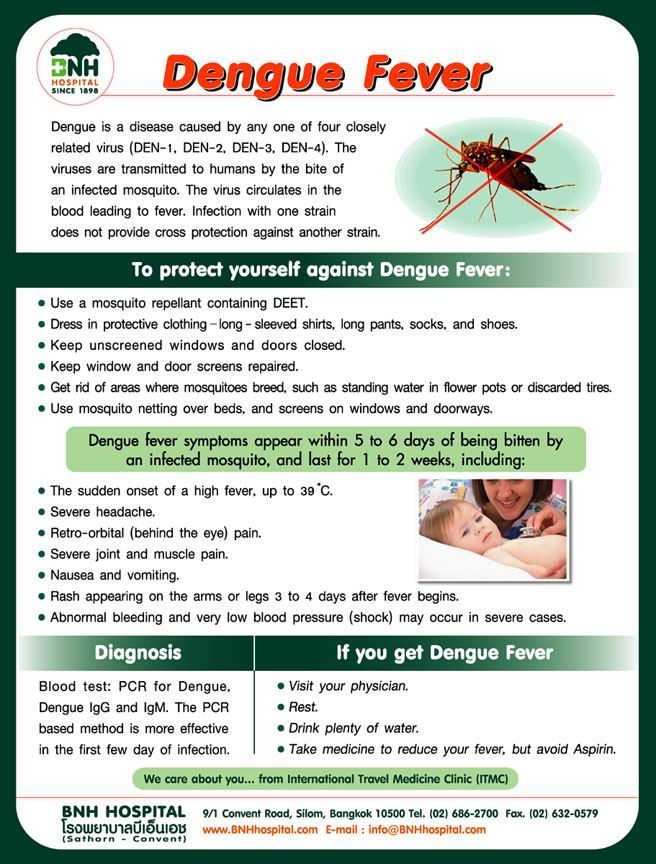 For example, a child who is overdressed under the scorching sun may develop a heat rash. Heavy use of creams also contributes to clogged pores during exercise.
For example, a child who is overdressed under the scorching sun may develop a heat rash. Heavy use of creams also contributes to clogged pores during exercise.
Home remedies: Heat rashes usually resolve within a couple of days after air drying. Loosening and removing clothing will also help. Allow the skin to cool while monitoring the temperature. Stay in air-conditioned rooms or use cold compresses. Other treatment options for heat rash include applying calamine or hydrocortisone creams to soothe the rash. It is also important to avoid other lotions as they can aggravate the irritation of your sensitive skin.
how to clean the outer bottom of pots and pans
When to see a doctor: An increase in heat rash within three to four days is reason enough to seek advice. Immediate medical attention is needed for severe itching and rashes with pus and swelling.
Irritant contact dermatitis
Irritant contact dermatitis may cause a mosquito bite-like rash.
What it looks like: In addition to allergic reaction rashes, a more common type of contact dermatitis is irritant contact dermatitis. At first glance, it can be confused with beehives as it shares most of its characteristics. It starts with a red rash and bumps followed by itchy dry skin. During a hypersensitivity reaction, raised papules form on the skin in the affected areas. A flaky rash may also appear. However, its distribution differs from hives. This type of contact dermatitis affects areas that are only exposed to irritants.
What causes it: The main cause is repeated contact with an irritant that rubs against the skin and damages the surface of the skin. It is caused by a reaction to certain substances, such as detergents, perfumes, cosmetics, soaps, metal jewelry, deodorant, or other personal care products.
things to write to your best friend to make them smile
Home remedies: Avoid anything that causes symptoms.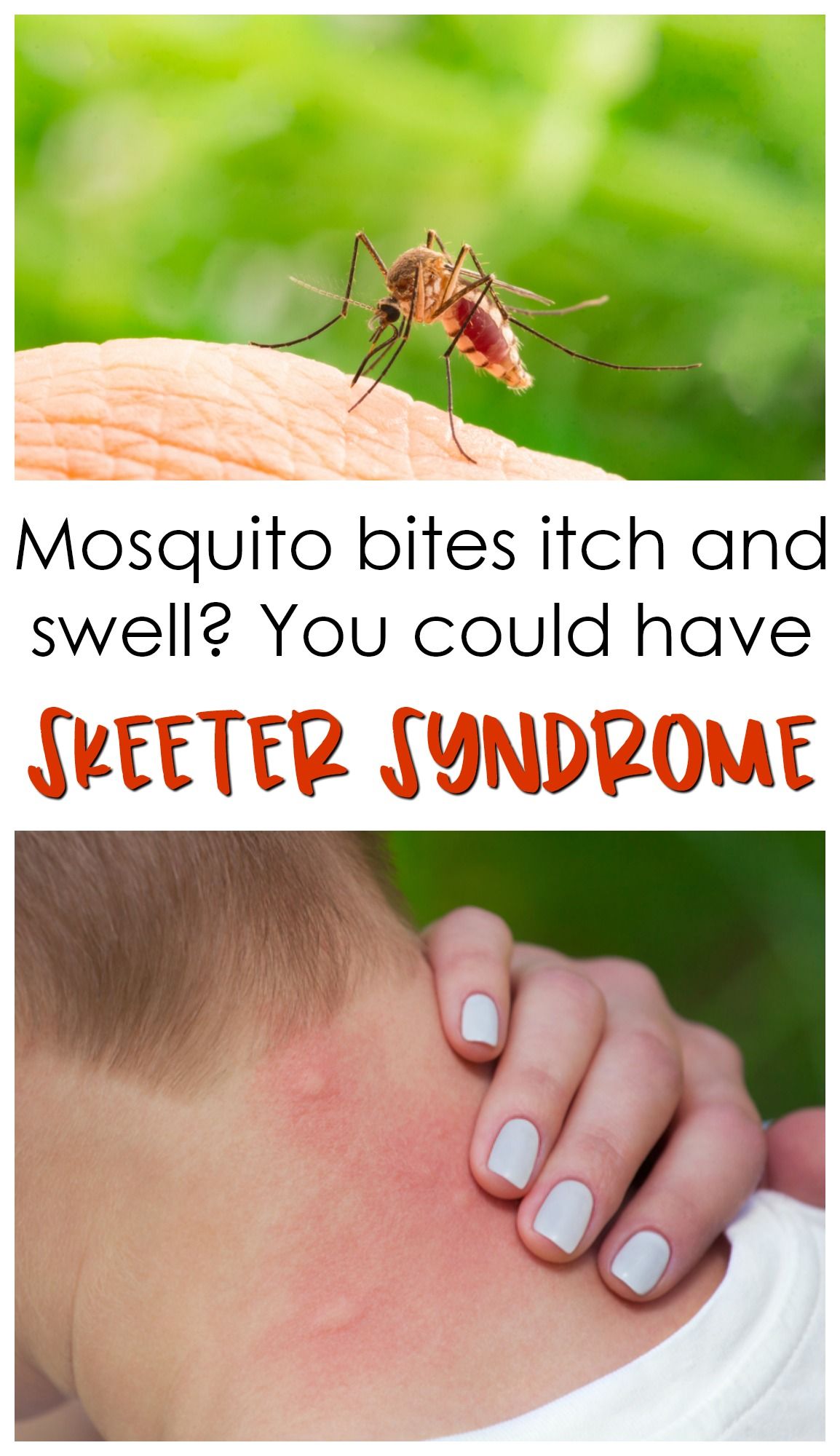 Avoid strong substances that can irritate the skin. The constant friction of clothing fabric makes your skin more susceptible to injury, so choose cotton material over bulky fabrics because they are less irritating. Treat the area with hydrocortisone or anti-itch cream and then take a dose of antihistamines. A moist compress can be applied to relieve mild to moderate symptoms.
Avoid strong substances that can irritate the skin. The constant friction of clothing fabric makes your skin more susceptible to injury, so choose cotton material over bulky fabrics because they are less irritating. Treat the area with hydrocortisone or anti-itch cream and then take a dose of antihistamines. A moist compress can be applied to relieve mild to moderate symptoms.
When to see a doctor: Severe symptoms, such as painful and widespread rashes, require a doctor’s consultation. See an allergist and get a patch test if you can’t pinpoint the cause of the rash. Also, if the rash begins to interfere with your daily activities and causes lack of sleep, seek medical attention.
Looking for the culprit
You don’t have to go to medical school to determine the root cause of a rash. With a bit of acquired knowledge and a few tips on how to check their characteristics, you can prevent them and treat them yourself.
Calorie calculator
Gender:
Age:
Height (in cm):
Weight (in kg):
Physical activity level:
Minimum Low Medium High Very high
Pimples and rashes in the form of mosquito bites: causes, photos, treatment
Every person periodically has rashes on his body.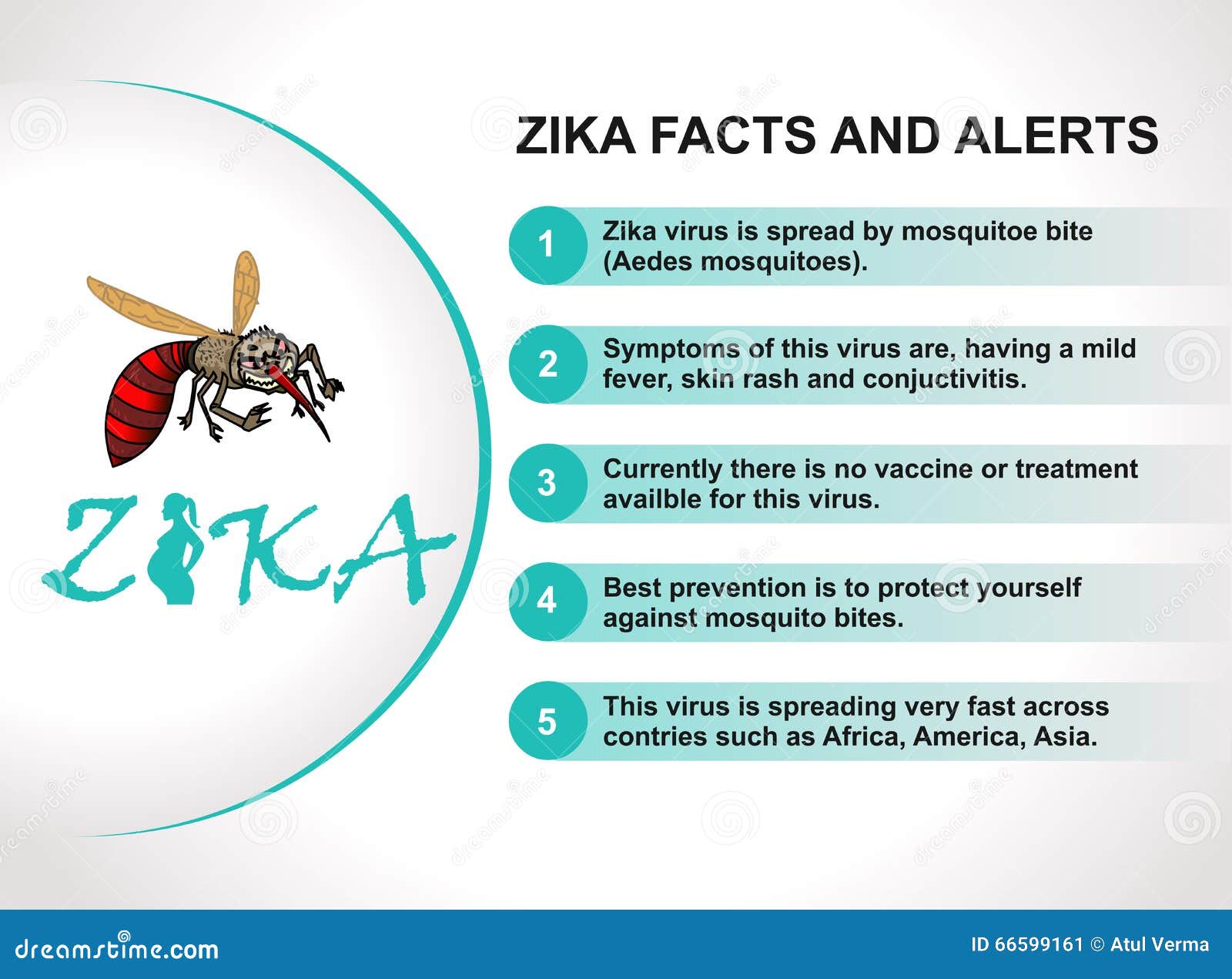 They may have a different appearance and cause.
They may have a different appearance and cause.
If pimples appear on the body, and they itch, and look like mosquito bites, then you need to see a doctor. A rash may indicate the development of any pathology that is dangerous to humans.
Content
- 1 Causes of rash
- 1.1 Urticaria
- 1.2 Allergy
- 1.3 Measles
- 1.4 Rubella
- 2 Rash like mosquito bites: photo with explanations
- 3 When do you need a doctor’s help?
- 4 Methods of treatment
- 4.1 Pharmaceutical ointments and creams
- 4.2 Folk remedies
900 19
Causes of rash , arises for several reasons. It is important to identify the factor that caused the reaction. The effectiveness of the therapy prescribed by the doctor depends on this.
If the rash appears in the summer, then usually they do not just look like insect bites, but they are. You should be worried if the rash appears during a period when insects should not be.
 In such a situation, a rash in the form of mosquito bites is a symptom of pathology.
In such a situation, a rash in the form of mosquito bites is a symptom of pathology. Urticaria
Pale pink blisters. Formations rise above the epidermis. The disease affects both adults and children.
Urticaria looks like burns that appear after contact of the skin with nettles. Hence the name pathology. This disease is accompanied by severe itching of the affected areas of the epidermis. Symptoms intensify after the body comes into contact with the causative agent of the disease. This can be plant pollen, pet hair, cosmetics, medications, as well as the negative impact of the environment.
If a mosquito bite rash occurs and the cause is hives, it is important to identify the allergen and eliminate it. The effectiveness of therapy depends on this.
Allergies
Allergic reactions also cause rashes. Usually, blisters, like from insect bites, appear due to the use of foods that cause an allergic reaction. Most often, rashes appear after eating seafood, honey, chocolate and milk.

If there was an allergy in the form of mosquito bites, then it will be accompanied by additional symptoms:
- rash itches and itches;
- allergic rhinitis and lacrimation appear;
- formations occur rapidly, as a rule, immediately after eating and quickly spread over the skin;
- the rash disappears after the use of antihistamine drugs.
Measles
Recently, more and more people are suffering from pathologies that used to be rare. Measles is one of them. There have been outbreaks of this disease, which affect adults and children. Symptoms that appear immediately after infection are an increase in body temperature, dry cough, redness and swelling of the soft tissues of the throat.
The rash appears on the fifth day of the illness. It is a papules that initially appear on the face, and then spread throughout the body.
If the pathology is not diagnosed in a timely manner and therapy is not started, then the digestive, respiratory and nervous systems will be affected by the infection.

Rubella
As a rule, the pathology appears at an early age. a reddish rash appears on the epidermis, which looks like insect bites, and at the same time, many people who have had an illness say that the rashes itched and itchy. After some time, the formations become spots, and additional symptoms appear:
- increase in body temperature;
- pain syndrome in the head;
- an increase in the size of the lymph nodes in the neck and neck.
Pathology is a danger to any person, but women who are carrying a baby can suffer more than others from it. Rubella leads to growth retardation and mental development of the fetus. So that the disease does not lead to irreversible consequences, it is necessary to consult a doctor as soon as itchy rashes appear. This will help to diagnose the disease in a timely manner and begin qualified therapy.
Mosquito bite rash: photo with explanation
Mosquito bite rash, as shown in the photo below, can be small bumps that appear randomly all over the body in children and adults.
 Usually this is an allergic reaction.
Usually this is an allergic reaction.Eruptions like mosquito bites that appear on the face in the form of small papules that appear at once in five pieces, usually indicate the development of measles. Pathology manifests itself in the form of itchy formations in an adult and a child.
A small red rash is a symptom of hives. Rashes cause discomfort, as they are accompanied by itching and burning. If you put your hand to the place of formations, then heat will emanate from the epidermis. In the absence of therapy, fluid appears inside the rash, and the rash spreads throughout the body.
Formations, as from a mosquito bite, indicate the occurrence of rubella. Pathology is of particular danger to a woman during the period of bearing a baby.
When do you need medical attention?
If a rash appears on the epidermis in late autumn, early spring and winter, which looks like insect bites, this may indicate the development of diseases.
 Rashes should not be ignored, otherwise life-threatening complications may occur.
Rashes should not be ignored, otherwise life-threatening complications may occur.Do not start self-treatment, especially if the cause of the pathology is unknown. Unqualified therapy will lead to complications that may be irreversible.
Seek medical attention especially if the following symptoms occur:
- soft tissue swelling;
- itching around eruption;
- weeping formations appear at the site of the rash.
A visit to the doctor should not be postponed if the rash covers a significant part of the skin. In such a situation, any delay threatens with irreversible consequences.
Methods of treatment
There are several methods of pathology therapy. Treatment can only be prescribed by a doctor, and it is based on the elimination of the cause that led to the rash. Only after that it is possible to use drugs that directly eliminate formations on the epidermis.
Pharmaceutical ointments and creams
The specialist prescribes medications to relieve swelling and itching in the affected areas of the skin.
 Doctors usually advise the use of the following drugs:
Doctors usually advise the use of the following drugs:- Solcoseryl, Acyclovir or Zovirac, if the rash is caused by the penetration of various infections into the body;
- Panthenol, Claritin, Fenistil and other antihistamines for allergic reactions;
- Elidel and Exoderil for dermatitis.
In infectious pathologies, antiseptic agents should also be used to decontaminate the affected area of the epidermis. These include hydrogen peroxide and brilliant green.
In some cases, the doctor will prescribe topical preparations that include antibiotics. Such funds will create an obstacle in the affected area, through which pathogenic microflora can penetrate into the body.
Folk remedies
Folk remedies are also used only on prescription. There are several recipes that have proven their effectiveness:
- Carrot or potato compresses. A small piece is cut off from the vegetable and applied to the affected area for several minutes.
 Therapy is carried out until recovery. Carrot and potato juice quickly relieve itching and swelling of soft tissues;
Therapy is carried out until recovery. Carrot and potato juice quickly relieve itching and swelling of soft tissues; - Used tea bags. After brewing, they are applied to the affected area of \u200b\u200bthe skin. Welding soothes irritated epidermis, promotes the convergence of swelling of soft tissues and eliminates redness;
- Baths with herbal decoction. For the remedy, they take a large spoonful of mint, string, chamomile and celandine. Herbs are placed in an aluminum ladle, poured with a liter of boiling water and the container is put on fire. The agent is brought to a boil, removed from heat and left to infuse for a quarter of an hour. After that, the broth is filtered and added to the bathroom. It is taken within fifteen minutes. Water procedures are carried out several times a week until recovery. Such manipulations soothe the inflamed epidermis, relieve swelling of soft tissues and have a positive effect on the state of the nervous system.
- Aloe compresses.



 In such a situation, a rash in the form of mosquito bites is a symptom of pathology.
In such a situation, a rash in the form of mosquito bites is a symptom of pathology. :max_bytes(150000):strip_icc()/spider-bite-or-skin-infection-83017-v1-5c4552ce46e0fb0001c168f9.png)

 Usually this is an allergic reaction.
Usually this is an allergic reaction. Rashes should not be ignored, otherwise life-threatening complications may occur.
Rashes should not be ignored, otherwise life-threatening complications may occur. Doctors usually advise the use of the following drugs:
Doctors usually advise the use of the following drugs: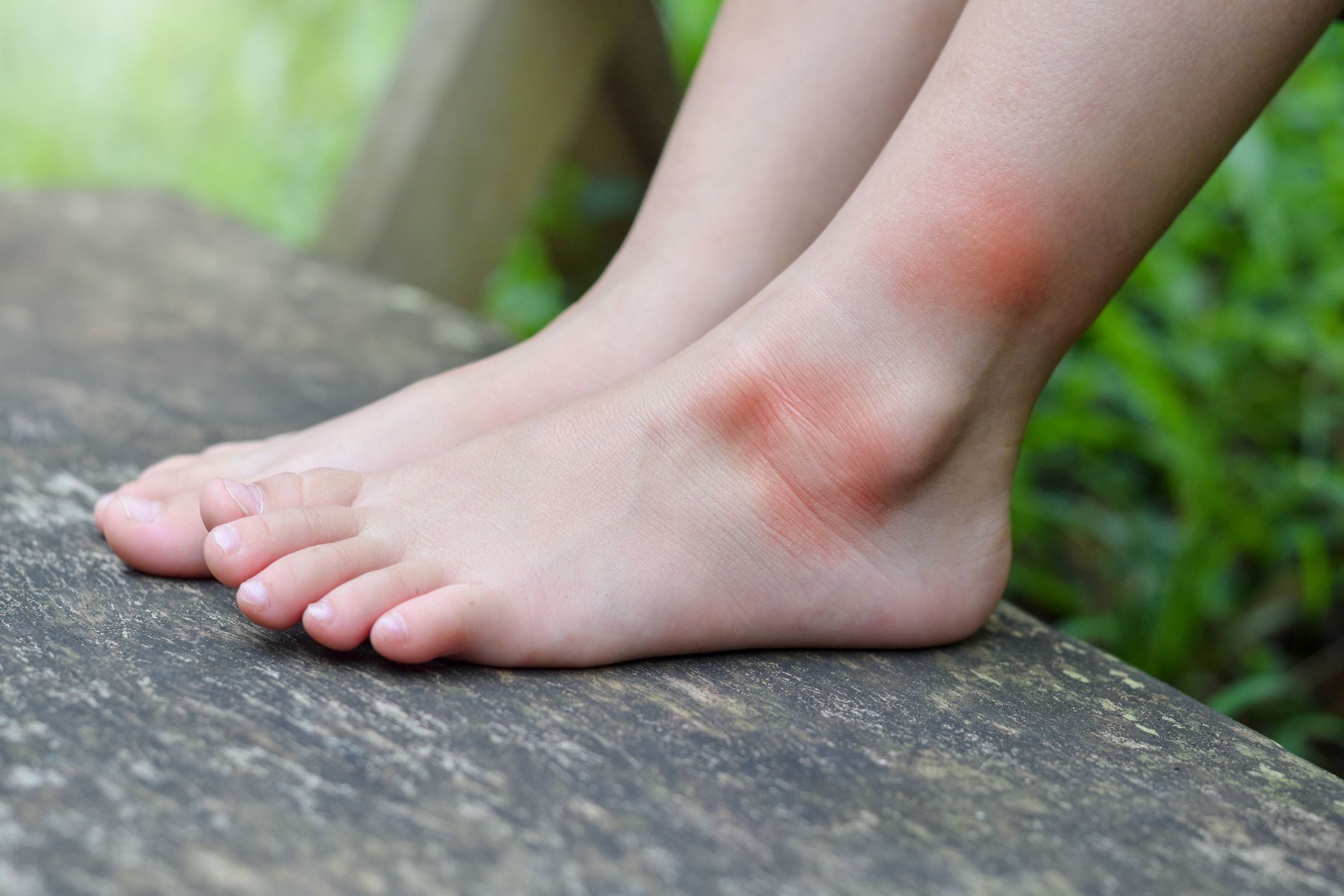 Therapy is carried out until recovery. Carrot and potato juice quickly relieve itching and swelling of soft tissues;
Therapy is carried out until recovery. Carrot and potato juice quickly relieve itching and swelling of soft tissues;